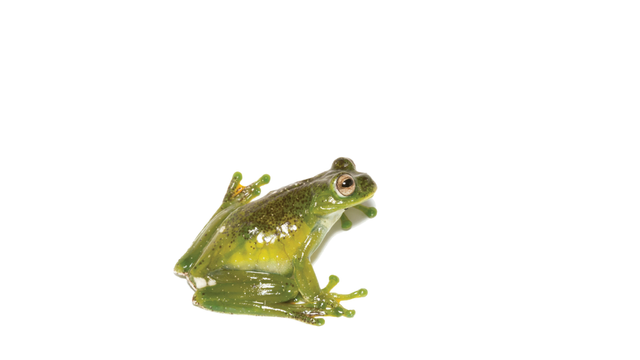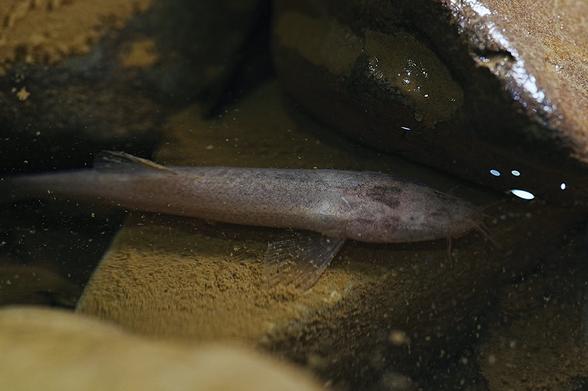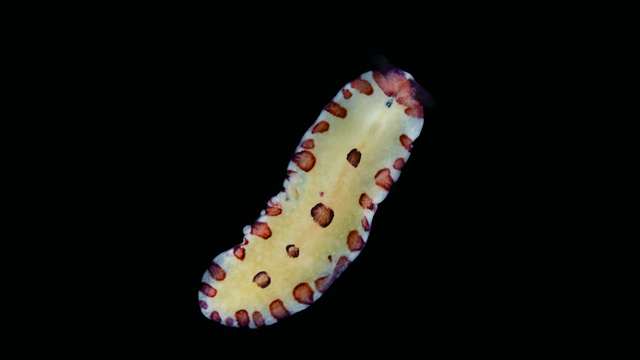Are you interested in #OpenAccess publishing as a career? Ubiquity is hiring an Editorial Account Manager! We're looking for applicants passionate about Open Access. Click here for more information: https://www.ubiquitypress.com/site/work-with-us/
#openaccess
#NewSpecies!
New frog from #ecuador just got in:
Hyloscirtus dispersus
Treatment: https://treatment.plazi.org/id/43A76F83-26E6-5F84-81D2-F77878FB4876
Publication: https://doi.org/10.3897/zookeys.1231.124926
#ZooKeys #HyloscirtusDispersus
#FAIRdata
#science #OA #openaccess #biology #taxonomy #ecology #biodiversity #nature #wildlife #conservation #animals #herpetology #herps #amphibia #frogfriday #frogs
#NewSpecies!
New cavefish from #china just swam in:
Claea scet
Treatment: https://treatment.plazi.org/id/DD63F2B6-96CD-5C12-BA14-55760FACDCB5
Publication: https://doi.org/10.3897/zse.101.146469
#Zoosyst_Evo #ClaeaScet
#FAIRdata
#science #OA #openaccess #biology #taxonomy #ecology #biodiversity #nature #wildlife #conservation #animals #fish #TeamFish #fishofmastodon #fishfriday #ichthyology #caves #cavefish #loach
#NewSpecies!
New marine flatworm from #japan just crept in:
Prostheceraeus fragum
Treatment: https://treatment.plazi.org/id/F8378799-B22F-FF82-2C0E-FC27F930FA15
Publication: https://doi.org/10.1080/00222933.2024.2439032
#JournalOfNaturalHistory #ProstheceraeusFragum
#FAIRdata
#science #OA #openaccess #biology #taxonomy #ecology #biodiversity #nature #wildlife #conservation #animals #worms #flatworm
This presentation was developed for researchers and PhD students of Berdyansk University to promote the use of the open repository @zenodo_org as a key tool for preserving, publishing, and disseminating research outputs:
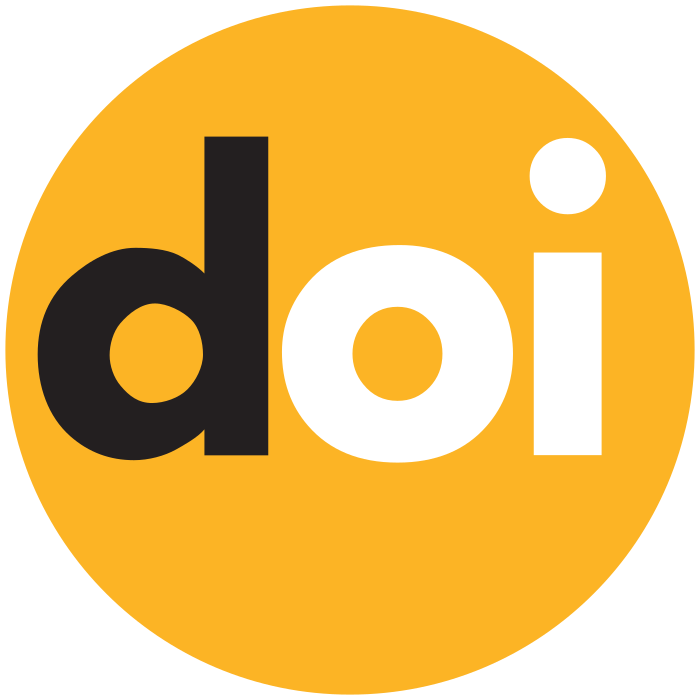 http://dx.doi.org/10.5281/zenodo.15089984
http://dx.doi.org/10.5281/zenodo.15089984
The presentation explains how to license research outputs properly, how to integrate Zenodo with services such as @ORCID_Org @GitHub and @OpenAIRE and how to align it with institutional and project-level DMPs.
The full student mobility data and Python scripts used to produce the data are openly available in our #Zenodo:
https://zenodo.org/records/14332354
Read more in our blog post: https://blogs.helsinki.fi/digital-geography/2025/03/26/over-2-million-erasmus-student-mobility-flows-across-europe-geocoded-open-data-description-article-out/
We have a new preprint out, which looks at the nonlinear response of summertime heat extremes across the United States in a collection of new overshoot scenario experiments using the 50-km GFDL SPEAR Large Ensemble: https://doi.org/10.31223/X5TX4P #OpenAccess #OpenScience
Takeaway story: Mitigating earlier has even greater benefits!
#NewSpecies
A newly discovered fungus from #korea for #FungiFriday:
Hydnoporia subtabacina
Treatment: https://treatment.plazi.org/id/3512CF47-456B-5697-BB5F-FA39827A090F
Publication: https://doi.org/10.3897/mycokeys.111.137347
#MycoKeys #HydnoporiaSubtabacina
#FAIRdata
#science #OA #openaccess #biology #taxonomy #ecology #biodiversity #nature #wildlife #conservation #fungi #mushrooms #mycology
NEW PAPER OUT IN #PEDIATRICRESEARCH
We used quantitative susceptibility mapping (#QSM) to measure cerebral oxygenation in #preterm #neonates We explored whether isolating paramagnetic components improved the accuracy in major cerebral veins.
https://www.nature.com/articles/s41390-025-03966-6
#openaccess #mri 1/3
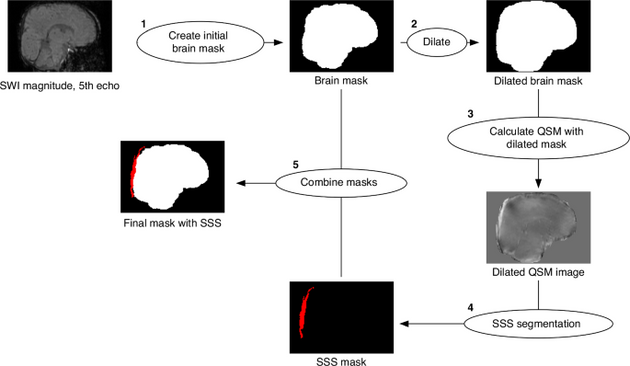
For those just learning about LibGen because of the reporting on Meta and other companies training LLMs on pirated books, I’d highly recommend the book Shadow Libraries (open access: https://direct.mit.edu/books/oa-edited-volume/3600/Shadow-LibrariesAccess-to-Knowledge-in-Global).
I just read it while working on the Wikipedia article about shadow libraries, and it’s a fascinating history. https://en.wikipedia.org/wiki/Shadow_library
I fear the already fraught conversations about shadow libraries will take a turn for the worse now that it’s overlapping with the incredibly fraught conversations about AI training.
Apparently, there is now a trend to pay publishers not once, not twice, but three times: the first time for subscription journals, the second time for publishing in open access journals, and now the third time for making articles in subscription journals available under an open-access license as part of transformative license agreements.
I mean, I'm very sympathetic to the ideas behind open access, but to me it looks more and more like the whole endeavor has been overrun by grifters.
Update. "#DOGE order leads to journal cancellations by U.S. agricultural library"
https://www.science.org/content/article/doge-order-leads-journal-cancellations-u-s-agricultural-library
"The #USDA on Friday told staff members it has canceled subscriptions carried by its National Agricultural Library as part of a drive by President Donald #Trump’s administration to cut federal spending. The move appears to drop nearly 400 of the library’s roughly 2000 journals, including many prominent in various agricultural subfields —but curiously none from the world’s three largest scientific publishers, all of which are #ForProfit. USDA staff members depicted the move as hasty, indiscriminate slashing…Studies of journal subscription fees indicate that on average, scientific #SocietyPublishers charge less than such for-profit companies."
PS: (1) Of course the best ag research should be #OpenAccess. But that's a goal, not the current reality, and while we work for that goal, policymaking agencies still need access the best research. (2) If efficiency requires budget cuts, why focus the cuts on journals from #nonprofit #publishers, which on average are lower in price and higher in quality?


